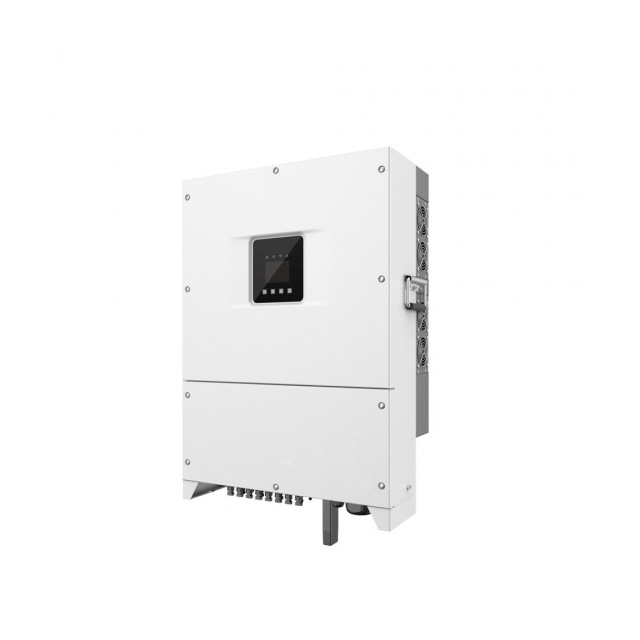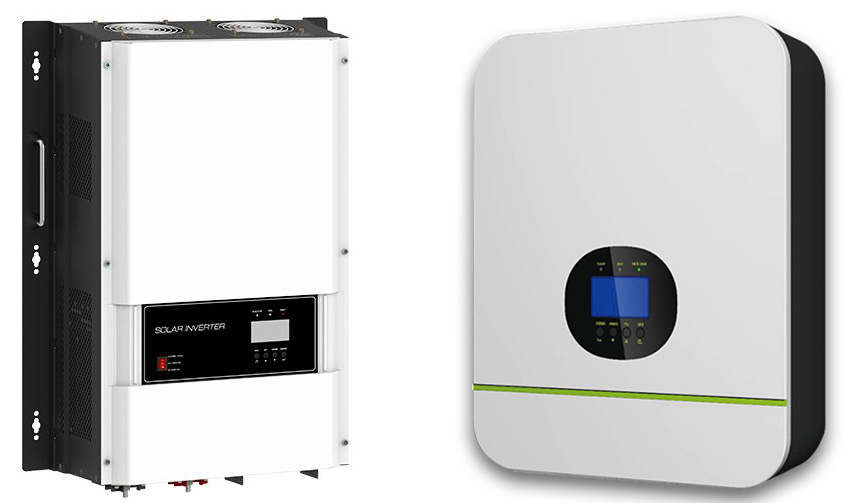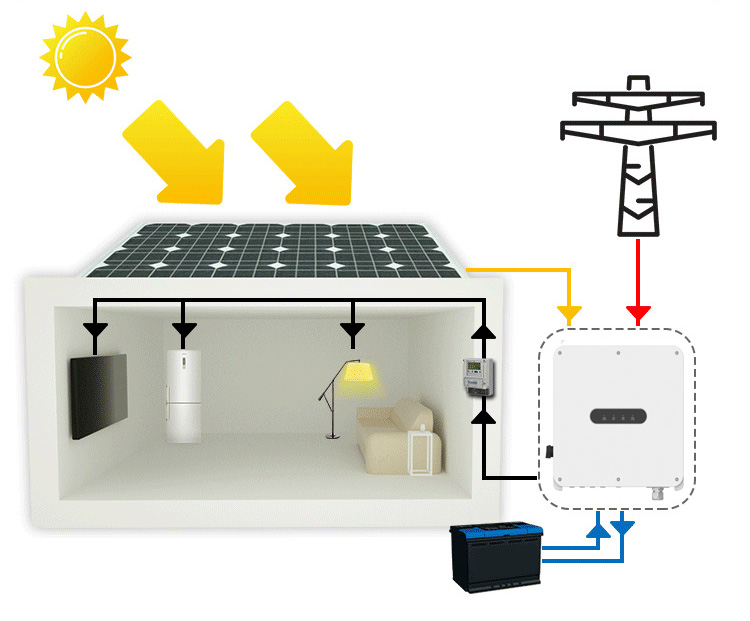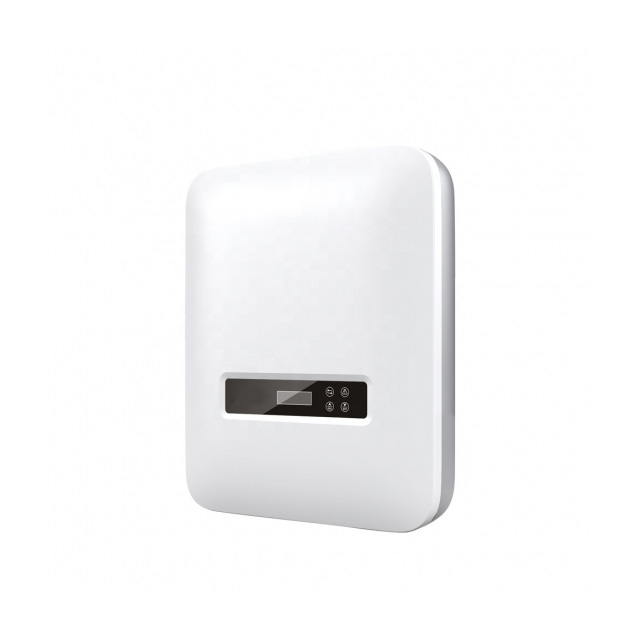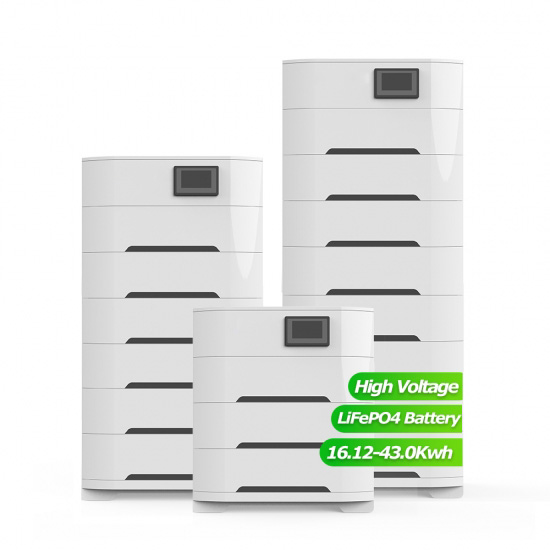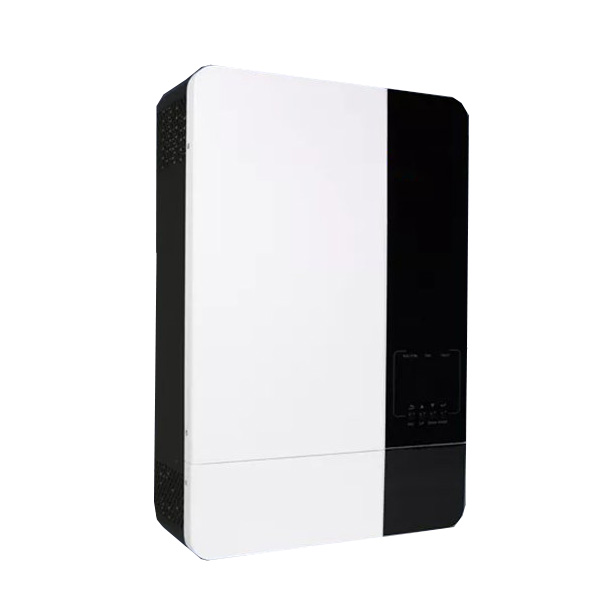Photovoltaic off-grid inverter
Product Introduction
The PV off-grid inverter is a power conversion device that pushes-pull boosts the input DC power and then inverts it into 220V AC power through the inverter bridge SPWM sinusoidal pulse width modulation technology.
Like grid-connected inverters, PV off-grid inverters require high efficiency, high reliability, and a wide range of DC input voltage; in medium- and large-capacity PV power systems, the output of the inverter should be a sinusoidal wave with low distortion.
Performance and Features
1. 16-bit microcontroller or 32-bit DSP microprocessor is used for control.
2.PWM control mode, greatly improve the efficiency.
3.Adopt digital or LCD to display various operation parameters, and can set relevant parameters.
4. Square wave, modified wave, sine wave output. Sine wave output, waveform distortion rate is less than 5%.
5. High voltage stabilization accuracy, under rated load, the output accuracy is generally less than plus or minus 3%.
6. Slow start function to avoid high current impact on battery and load.
7. High frequency transformer isolation, small size and light weight.
8. Equipped with standard RS232/485 communication interface, convenient for remote communication control.
9. Can be used in an environment above 5500 meters above sea level.
10、With input reverse connection protection, input undervoltage protection, input overvoltage protection, output overvoltage protection, output overload protection, output short circuit protection, overheat protection and other protection functions.
Important technical parameters of off-grid inverters
When choosing an off-grid inverter, besides paying attention to the output waveform and isolation type of the inverter, there are several technical parameters that are also very important, such as system voltage, output power, peak power, conversion efficiency, switching time, etc. The selection of these parameters has a great impact on the load’s electricity demand.
1) System voltage:
It is the voltage of the battery pack. The input voltage of the off-grid inverter and the output voltage of the controller are the same, so when designing and selecting the model, pay attention to keep the same with the controller.
2) Output power:
Off-grid inverter output power expression has two kinds, one is the apparent power expression, the unit is VA, this is the reference UPS mark, the actual output active power also need to multiply the power factor, such as 500VA off-grid inverter, the power factor is 0.8, the actual output active power is 400W, that is to say, can drive 400W resistive load, such as electric lights, induction cookers, etc.; the second is the active power expression, the unit is W, such as 5000W off-grid inverter, the actual output active power is 5000W.
3) Peak power:
In the PV off-grid system, modules, batteries, inverters, loads constitute the electrical system, the inverter output power, is determined by the load, some inductive loads, such as air conditioners, pumps, etc., the motor inside, the starting power is 3-5 times the rated power, so the off-grid inverter has special requirements for overload. The peak power is the overload capacity of the off-grid inverter.
The inverter provides start-up energy to the load, partly from the battery or PV module, and the excess is provided by the energy storage components inside the inverter – capacitors and inductors. Capacitors and inductors are both energy storage components, but the difference is that capacitors store electrical energy in the form of an electric field, and the larger the capacity of the capacitor, the more power it can store. Inductors, on the other hand, store energy in the form of a magnetic field. The greater the magnetic permeability of the inductor core, the greater the inductance, and the more energy that can be stored.
4) Conversion efficiency:
Off-grid system conversion efficiency includes two aspects, one is the efficiency of the machine itself, off-grid inverter circuit is complex, to go through multi-stage conversion, so the overall efficiency is slightly lower than the grid-connected inverter, generally between 80-90%, the greater the power of the inverter machine efficiency, high-frequency isolation than frequency isolation efficiency is higher, the higher the system voltage efficiency is also higher. Second, the efficiency of battery charging and discharging, this is the type of battery has a relationship, when the photovoltaic power generation and load power synchronization, photovoltaic can directly supply the load to use, without the need to go through the battery conversion.
5) Switching time:
Off-grid system with load, there are PV, battery, utility three modes, when the battery energy is insufficient, switch to utility mode, there is a switching time, some off-grid inverters use electronic switch switching, time within 10 milliseconds, desktop computers will not shut down, lighting will not flicker. Some off-grid inverters use relay switching, the time may be more than 20 milliseconds, and the desktop computer may shut down or restart.
Products categories
-

Phone
-

E-mail
-

Whatsapp
-

Top

